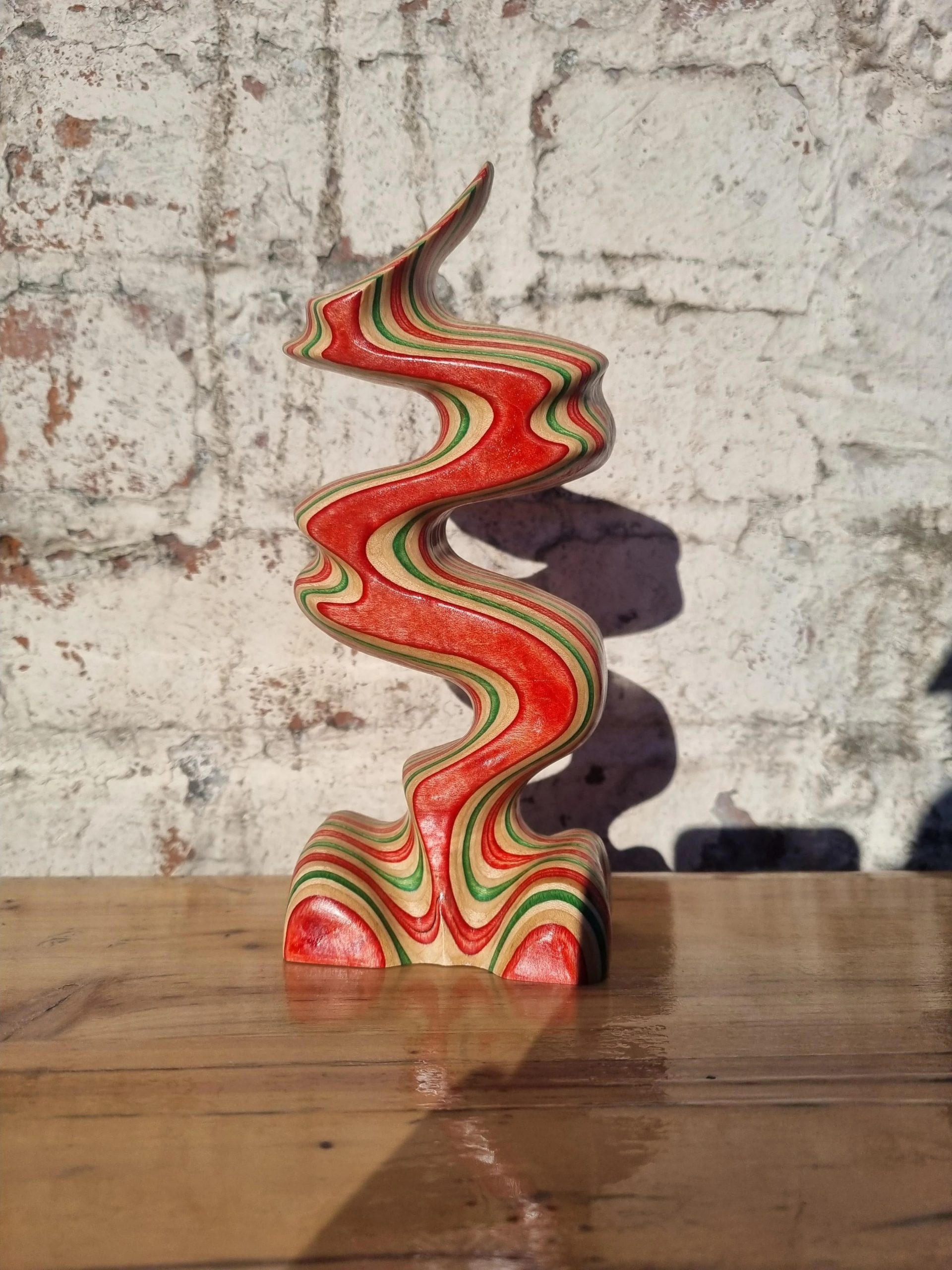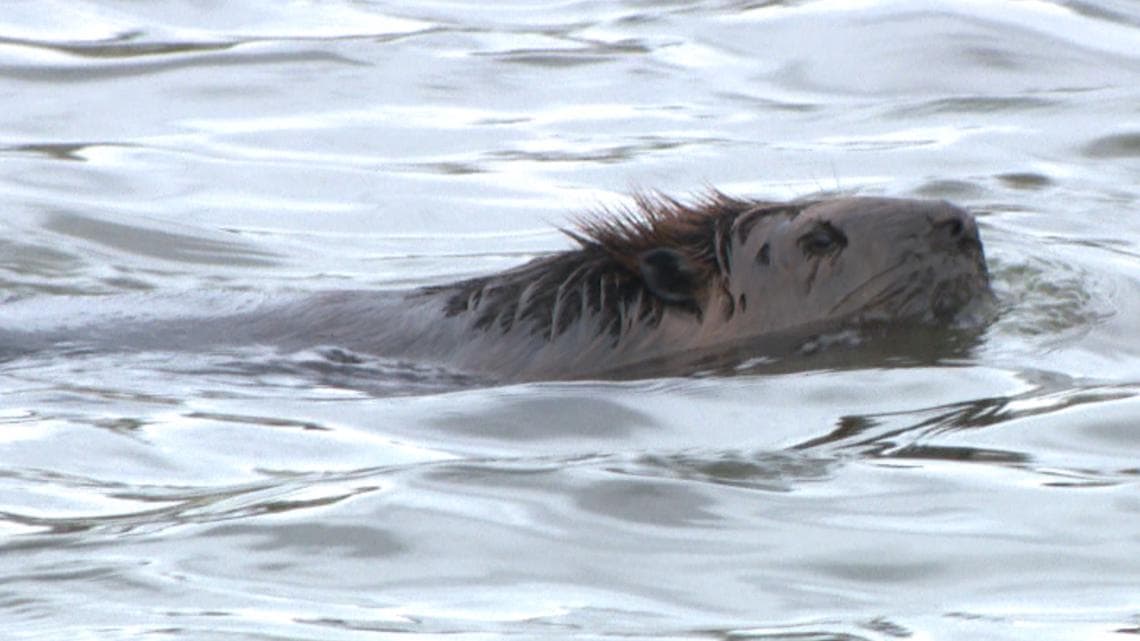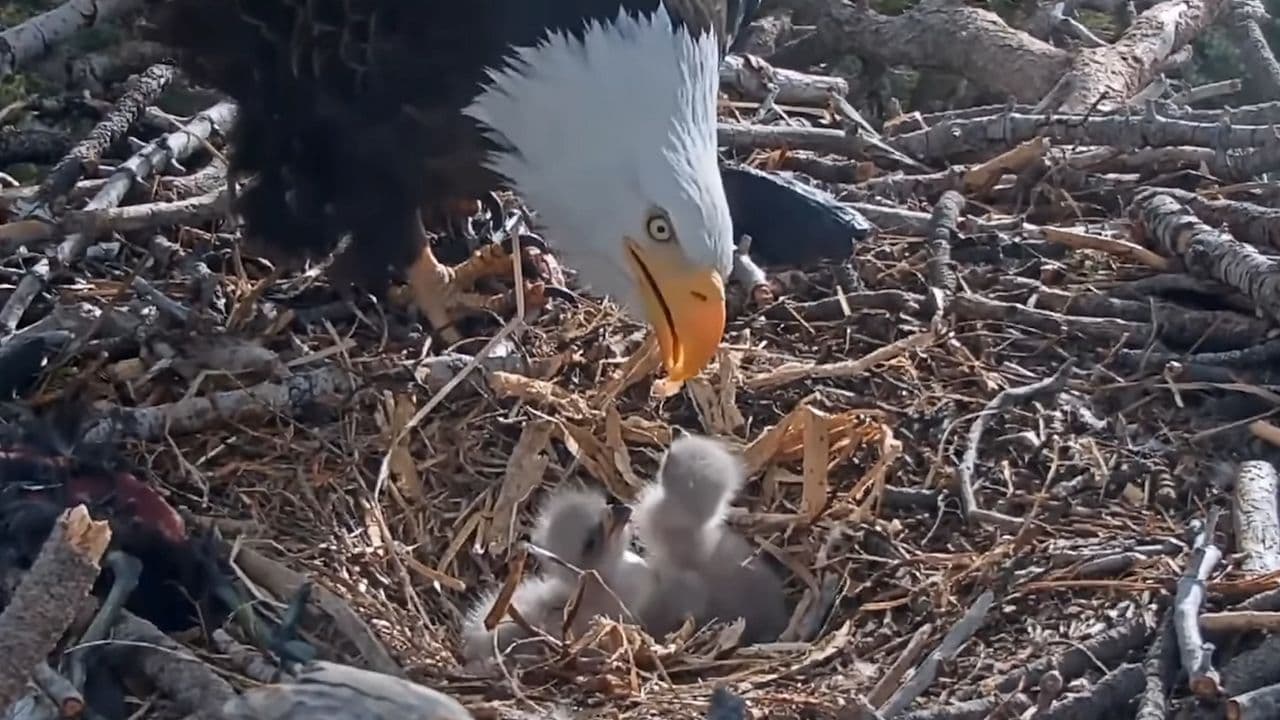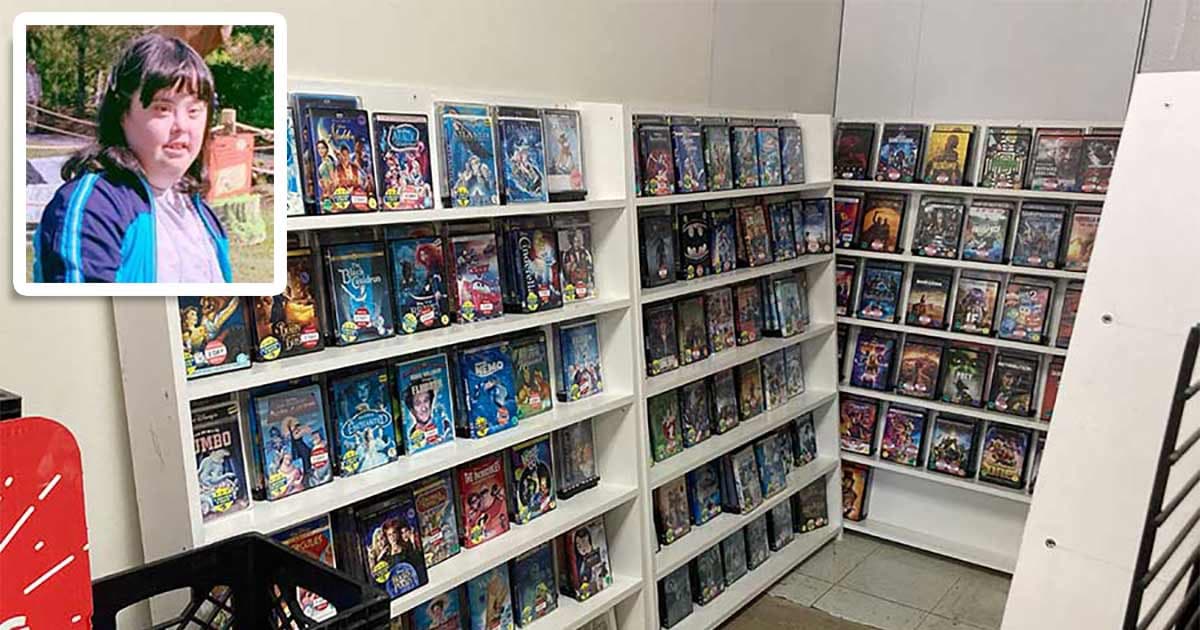
Amazing
There’s a Scientific Reason Behind Why You Shouldn’t Worry So Much About First Impressions
Most people put a great deal of stock into first impressions. Whether you are going to a job interview, going on a first date, or the first day of school, you worry about the first impression that you make on others. After all, people say that first impressions are everything. The truth is, you shouldn’t worry too much about first impressions.
It’s All About The Way You Perceive The Situation
A group of scientists wanted to learn more about first impressions, so they conducted a study. During this study, they compared how the subjects viewed themselves in a social situation versus the way the people they met viewed them. The study found that many of the subjects thought that they made a horrible first impression when in reality, the participants liked one another after the first encounter.
Holding a Conversation
In today’s technological world, people are having traditional conversations less and less. Rather than having a conversation, people are sending text messages, direct messages, and emails. When it comes to first impressions, this is a problem. To make a good first impression, you need to be able to hold a conversation. During the study, researchers found that the more conversations the subjects had with one another, the more they liked each other. Asking questions, listening, and talking about yourself are all key to making a good first impression.
You Are Your Own Worst Enemy
By nature, we are harder on ourselves than we should be. As a defense mechanism, we prepare ourselves for a bad first impression. This is known as being a self-protecting pessimist. The study found that most of the participants were sure that they made a bad first impression, only to find out that it was all in their heads. The key to making a good first impression is to put all of your insecurities out of your mind and try to enjoy meeting new people.
Trying Too Hard
The one issue that many of the test subjects had was that they were trying too hard. This is a common problem when people are trying to make a good first impression. Talking too much was the most common problem for most of the subjects. People get nervous, and they tend to ramble on. If the subjects weren’t trying too hard to make a first impression, this wouldn’t have been an issue. Another common problem for the subjects was bragging. Some would try to make a good first impression by embellishing on their accomplishments in life. This doesn’t make a good first impression. Instead, it turns people off. If you put too much stock into making a good first impression and you try too hard, it will backfire on you.
The final result of the study showed that first impressions are more important to the individual rather than the people that they are meeting. If you are meeting someone for the first time and you are trying to make a good first impression, you should first understand this. The person you are meeting is also trying to make a good first impression on you. This should help you to relax a bit knowing that you aren’t the only one in the hot seat. The study performed proves that you shouldn’t worry so much about making a good first impression. The best way to make a good first impression is to relax, be yourself, and don’t put so much stock into what people think. Even if you make a poor first impression, you can always make a good second impression.
Amazing
Scientists Reveal ‘Olo’: A Never-Before-Seen Color Created with Precision Laser Tech

In a stunning leap forward for vision science, researchers have unveiled a color no human has ever seen before. The new hue—named olo—is described as an intensely saturated blue-green that falls outside the boundaries of the natural human color spectrum.
Published in Science Advances, the study comes from a collaboration between scientists at the University of California, Berkeley, and the University of Washington. At the heart of the discovery is a new experimental tool dubbed Oz, a laser-based system that allows researchers to stimulate individual photoreceptors in the human retina with unprecedented precision.
“The Oz system represents a new experimental platform in vision science,” the study states. It works by isolating and activating just one type of cone cell—specifically, the M cones responsible for detecting green light—while bypassing the other two (S and L cones, which are sensitive to blue and red light, respectively). This kind of targeted stimulation isn’t possible under natural viewing conditions, where any light usually activates multiple types of cones at once.
In controlled experiments using laser light directed into the eyes of five participants—all with normal color vision—scientists were able to generate a perceptual experience unlike anything in nature. By activating only the M cones, participants reported seeing a blue-green shade that felt completely novel and extraordinarily vivid.
“By activating only the M cones, we elicited a color beyond the natural human gamut,” the researchers wrote. They described olo as a color of “unprecedented saturation.”
This discovery doesn’t just expand our understanding of color—it could also have practical implications. The Oz platform may pave the way for more advanced research into visual processing, new treatments or diagnostic tools for color blindness, and potentially even new types of displays capable of showing colors previously thought impossible to reproduce.
As the study concludes, “This new class of programmable platform will enable diverse new experiments,” including deeper exploration into how flexible and adaptable human color perception really is.
With olo, the boundaries of the visible world just got a little wider.
Amazing
From Wheels to Wonder: Paralysed Skater Transforms Old Boards into Bold Sculptures

When Nick Harding lost the ability to skateboard, he never imagined he’d find a new way to stay connected to his lifelong passion — through art.
In 2019, Nick was suddenly paralysed by Guillain-Barré syndrome (GBS), a rare auto-immune condition where the immune system attacks the nervous system. What started as a sore hamstring quickly escalated into a medical emergency. Within an hour of arriving at the hospital, he was on life support. He spent 13 weeks in intensive care at Southmead Hospital in Bristol and seven months in recovery, relearning how to walk and use his arms.
“Skating has always been a huge part of my life,” Nick said. “Having an outlet for that desire to play with my favourite toy is what brought the sculptures about.”
With his old decks stacked in a corner and his body still rebuilding strength, Nick began experimenting. His early attempts to make practical items were shaky — his hands lacked coordination — so instead, he focused on creating something beautiful. With no prior carpentry experience, he turned to YouTube tutorials, teaching himself to shape, sand, and finish colorful, psychedelic forms from the layered wood of worn-out skateboards.
The process helped rebuild his dexterity, but it also served as a mental anchor. “I just focused on doing a little bit every day,” he said. “It was the process that felt good when I was at my lowest.”
Now, Nick sells his sculptures through his Etsy shop Mobius Maples and has gained fans from around the world. His pieces — all carved from donated, broken, or retired boards — are abstract, swirling forms that capture the movement and spirit of skateboarding.
But for Nick, it’s not just about the art or even the recovery. It’s about staying connected to the Bristol skate scene that shaped him. He donates pieces to skate competitions and charity auctions and even hides small keychains around the city for his Instagram followers to find.
“It wouldn’t be anything if it was just me,” he said. “It’s also people who give me their old boards. Interacting with the art and letting me be involved with things is what’s kept it going.”
“I want it to be something that adds to the community, and I’m so grateful that I still have the opportunity to do that.”
Through creativity, community, and resilience, Nick Harding has transformed adversity into something both healing and inspiring — turning the boards that once carried him across pavement into lasting works of art.
Amazing
Community Petition Saves Wally the Beaver from Euthanasia

Wally, a beloved beaver who became a community favorite in Northern Virginia, was saved from euthanasia thanks to the efforts of thousands of supporters who rallied together through an online petition.
Wally first gained popularity at Huntley Meadows Park in Fairfax County, where locals and visitors often saw him hard at work building dams. However, wildlife officials considered euthanizing him after concerns arose over flooding and tree damage caused by his dam-building activities.
The community swiftly stepped in, launching a petition that quickly gathered over 10,000 signatures. Advocates argued that the beaver’s positive impact on the ecosystem—creating wetlands and habitats for other wildlife—far outweighed any inconveniences.
Local officials eventually agreed, opting instead for a humane relocation effort. Wally will now be safely moved to a suitable habitat rather than being euthanized.
“This shows how much our community values wildlife,” said Julie Ames, the petition’s creator. “We’re thrilled our voices were heard.”
Residents celebrated the decision, highlighting how Wally’s survival symbolizes the growing awareness of peaceful coexistence with local wildlife.
Amazing
Third Eaglet Joins Big Bear’s Beloved Bald Eagle Family

A third eaglet hatched yesterday in the much-loved bald eagle nest near Big Bear Lake, marking a delightful moment for the growing number of wildlife enthusiasts who have been closely watching the family online.
The nest, located in the San Bernardino National Forest near Big Bear, California, has been streaming live via the Friends of Big Bear Valley eagle cam. Observers were excited to witness the third chick hatch, a significant event considering that bald eagles usually lay two eggs, with three being somewhat unusual.
The parents, affectionately named Jackie and Shadow, are local celebrities among bird watchers. According to the Friends of Big Bear Valley, these parents have gained fame for their caring behavior, ensuring their chicks remain healthy and thriving despite the occasional harsh weather conditions.
“The hatch was smooth and perfectly timed,” said Sandy Steers, executive director of Friends of Big Bear Valley. “It’s heartwarming to see this family continue to flourish.”
Wildlife experts emphasize the importance of maintaining a respectful distance, reminding the public that the best way to enjoy and protect these birds is by observing remotely via the eagle cam.
Viewers can continue to monitor the eaglets’ development, celebrating each milestone as the chicks grow into young eagles over the coming weeks.
Amazing
Pocatello’s Last Video Rental Store Preserves Tradition for Devoted Patron

In an era where digital streaming dominates, the closure of Video Stop marked the end of an era for Pocatello, Idaho. However, for one loyal customer, the spirit of the traditional video rental experience continues, thanks to the store owner’s thoughtful initiative.
For over 15 years, 35-year-old Christina Cavanaugh, who has Down syndrome and is mostly nonverbal, maintained a cherished routine of visiting Video Stop almost daily with her mother, Toni. This ritual was integral to Christina’s daily life, providing her with joy and consistency. The prospect of the store’s closure posed a significant disruption to her routine, causing concern for Toni about how to explain the change to her daughter.
Understanding the importance of this routine to Christina, Video Stop’s owner, David Kraning, decided to preserve a portion of the store’s collection. He dedicated a corner in his adjacent business, K & B Kwik Stop, to house these movies, ensuring Christina could continue her beloved visits. This thoughtful gesture not only maintained a sense of normalcy for Christina but also highlighted the deep bonds formed between local businesses and their patrons.
Toni expressed immense relief and gratitude for Kraning’s actions, likening the news to “being sentenced to prison and then getting a reprieve.” She praised the community-oriented approach of Kraning and his staff, who have always been attentive to Christina’s unique needs, even training new employees on how to interact with her during checkout.
While the era of video rental stores may be fading, the compassion and dedication demonstrated by Kraning ensure that, for Christina, the magic of selecting a physical movie remains alive. This story serves as a heartwarming reminder of the impact local businesses can have on the lives of their customers, going beyond transactions to form meaningful, supportive relationships.
-

 OMG7 years ago
OMG7 years agoA Couple Gave Birth to the Most Beautiful Twins Ever
-

 OMG7 years ago
OMG7 years ago20 Rare Historical Photos
-

 OMG7 years ago
OMG7 years agoHilarious Airport Photos
-

 Cute7 years ago
Cute7 years agoMom Refuses to Let Daughter Eat Sugar and Years Later This is What She Grows Into
-

 OMG7 years ago
OMG7 years agoTop Secret Air Force One Facts That You Never Knew
-
OMG6 years ago
The Funniest Yearbook Photos Of All Time
-

 OMG7 years ago
OMG7 years agoRetired Mathematician Restores Log Cabin
-

 OMG6 years ago
OMG6 years agoWhat Happened When This ‘Duck Dynasty’ Legend Chopped Off His Beard?